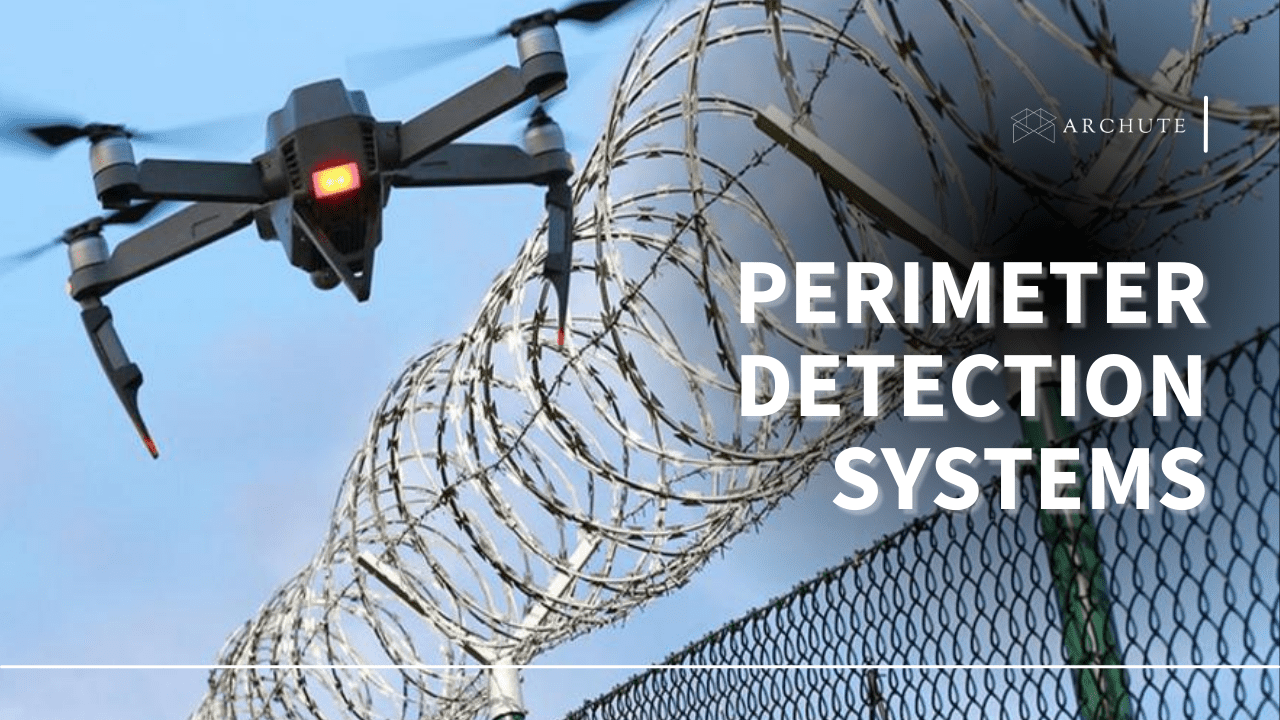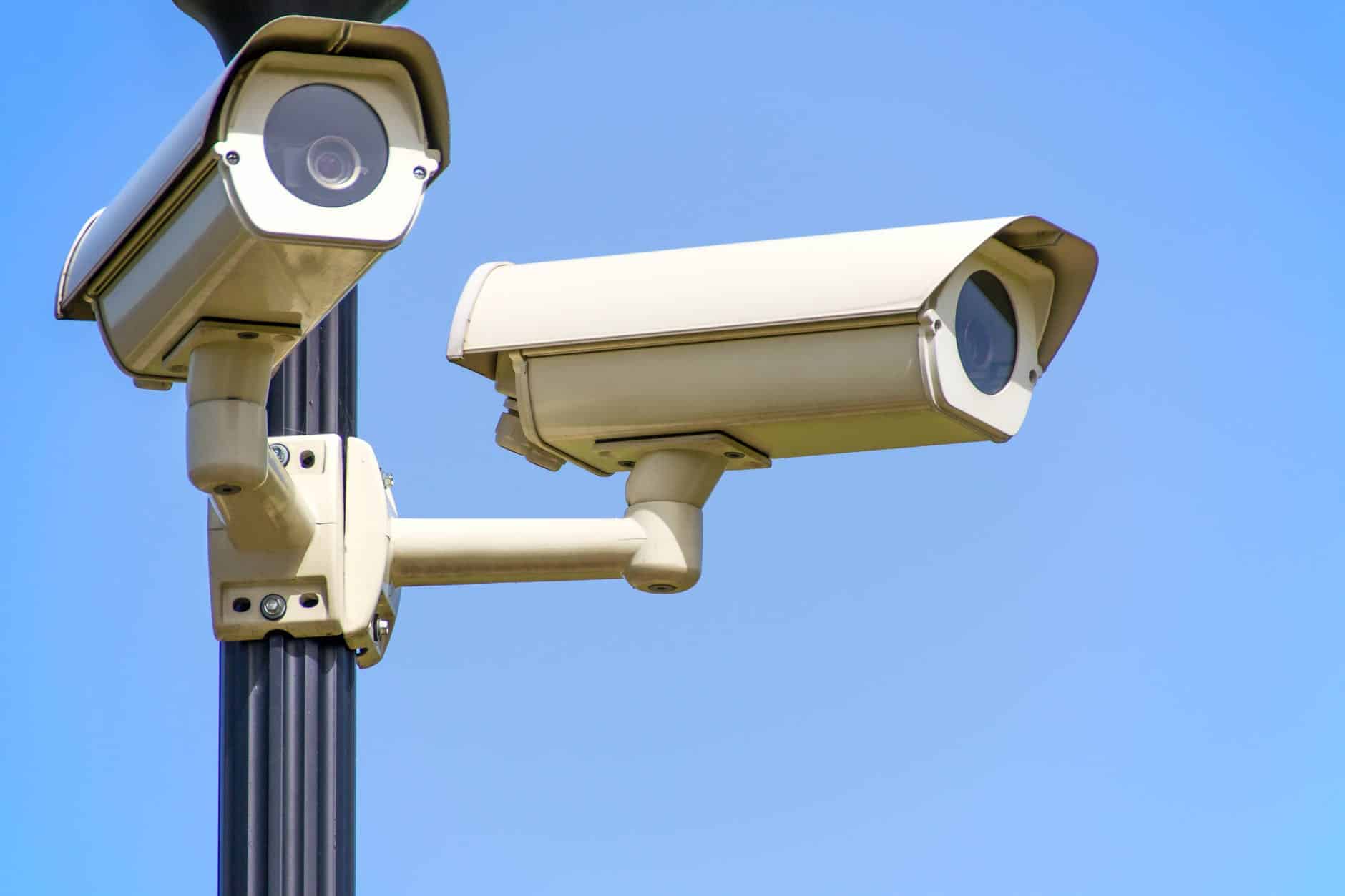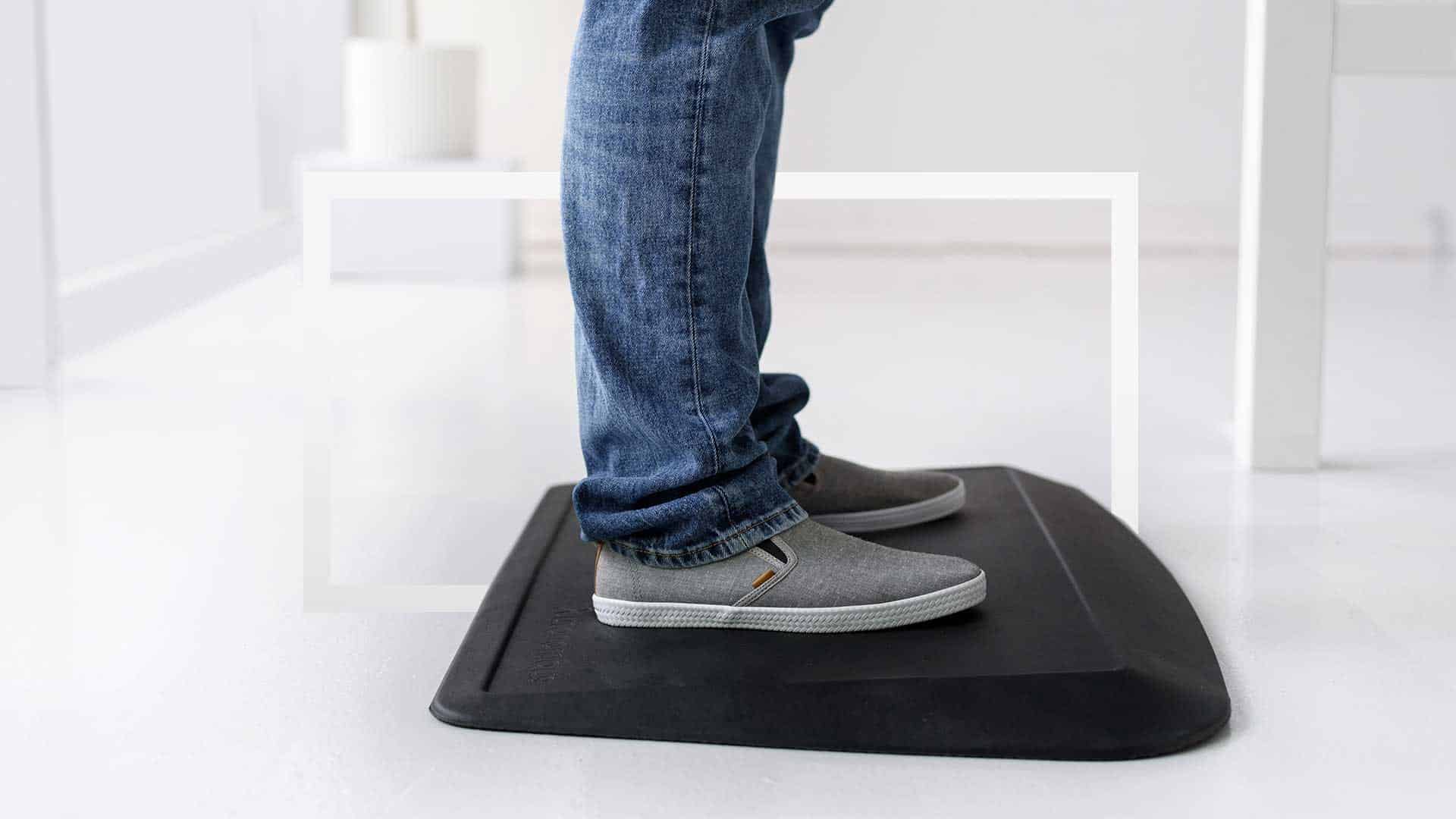Vandalism and theft are ever-present threats for all property owners. But the threat can vary between locations or based on what is on your property. If you have high-worth items on your property, the best way to keep them safe is by installing a fence around them.
But fences and walls may not be sufficient to ward off vandals. Most property owners seeking to protect their property take a step further to install a perimeter detection system that offers a welcome and beneficial level of security to property.
If you are considering investing in a perimeter detection system but are not convinced it’s the best option, this guide is an excellent read.
What Are Perimeter Detection Systems?
Perimeter detection systems are designed to detect and alert a property owner when something or a person crosses a certain boundary or property perimeter. The systems depend on a set of sensors that can include cameras, motion detectors, noise detectors, and vibration detectors, among others.
Depending on the area or property you seek to secure, you can have different levels of boundaries. For example, you can have one level for the external boundary to warn potential intruders and another to detect when an intruder is inside your property or attempting to enter it.
If you are unsure about the perimeter detection system that will work best for you, this guide, with a wide variety of options for perimeter detection for ultimate protection, is worth looking at. Also, it would be best if you considered getting the input of a security expert before settling for an option.
Now that we know what a perimeter detection system is let’s look at the fundamentals that make it stand out as a necessity for effective physical security.
Principles of Intrusion, Detection, and Prevention

Image Source: eclipsedigital.co.uk
Technology has advanced over the years, but that’s not the case with security fundamentals. While system design and architecture may vary from one organization to the other, effective physical security is based on intrusion detection and prevention solutions built on four main defensive principles:
1. Deterrence
Physical security aims to convince the potential attacker that the consequence of the attack could exceed the gain. Layered security features have a deterrence system, which is the first layer of security, helping to discourage intruders from breaching the premises.
The deterrent measures can have the psychological and practical effect of making breaching seem too risky, difficult, or physically harmful. The most common examples include warning signs, vehicle height restrictors, fence sensors, vehicle barriers, restricted access points, trenches, site lighting, real-time alerts, and security cameras. However, even passive objects such as hedgerows can be effective in some circumstances.
2. Delay
Delay measures are the second layer of security and involve access control. Electronic access control manages a large user population by controlling the flow of people, information, and traffic through various access points using the user lifecycle dates and times. This access control could be through security policies and processes to manage access into the restricted area based on traffic type and user permissions.
For instance, access rights could allow users to access the area from 6 am to 6 pm, Monday to Friday, and expire in 120 days. Also, the placement of security staff conducting authorization for entry at predetermined entry points is normally supplemented by electronic and mechanical access control or devices such as IDs, RFIDs, and other physical passes.
3. Detection

Image Source: asmag.com
The most prevalent examples of intrusion detection are motion detection cameras and alarms. These intrusion detection systems are more of a response trigger and less of a preventive measure. However, some systems have a high incidence of false alarms.
When these measures are triggered, they send alerts that initiate an incident response. Simple sensors don’t do identification, and anything moving near them is unauthorized. Therefore, security cameras can be used for incident verification and historical analysis. This is important for intelligence detection. For instance, if an alarm is generated and there’s a camera in place, you can view the area and verify the alarms.
Also, some systems use face-match features to generate future Person of Interest alerts.
4. Denying a Breach
In all these layers of perimeter security, guards have a role, and for attempted physical breaches, their intervention comes in handy. Normally, guards are posted along physical perimeters or checkpoints to respond to and deny any breach.
Nevertheless, denying a breach can also involve notifications, like suspicious person alerts sent to security guards onsite. Also, lockdowns for specific areas and access points can be triggered with regard to imminent threat intelligence, hence preventing any breach.
Perimeter Intruder Threats That Require Perimeter Detection Systems
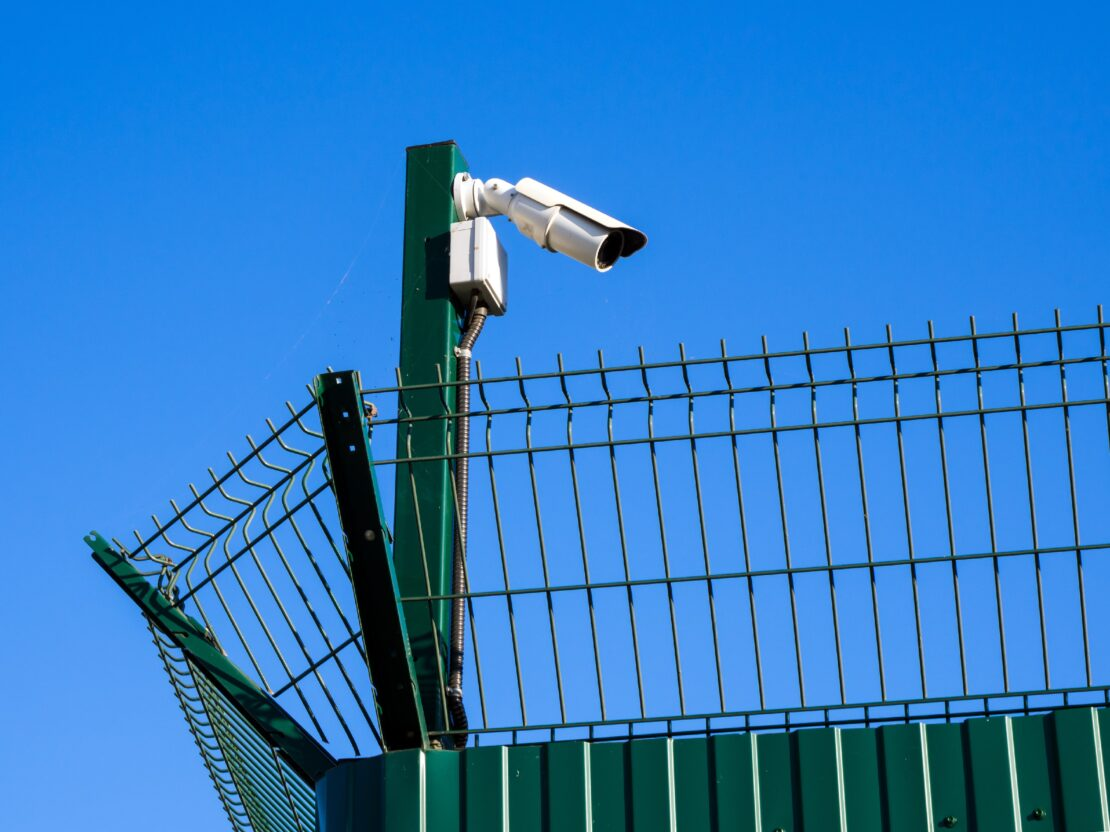
Image Source: safeguardsystem.co.uk
Perimeter intrusion detection systems can classify events according to their signature library. However, the most common perimeter intruder threats that require PDS include the following:
1. Personnel Movement
The perimeter detection systems can detect people walking and monitor the pace of their footfall, differentiating between running and walking and distinguishing between people and animals.
2. Vehicle Movement
PDS can detect vehicles from the energy dissipated in the ground and the engine’s sound.
3. Digging or Drilling
Digging or drilling imparts rhythmic energy bursts into the ground with a clear signature, whether a human or a mechanical machine making it easy for PDS to detect.
For the relative effectiveness of PDIS in detecting these threats and more, they use different technologies and hence the varying categories.
Types of Perimeter Intrusion Detection Systems
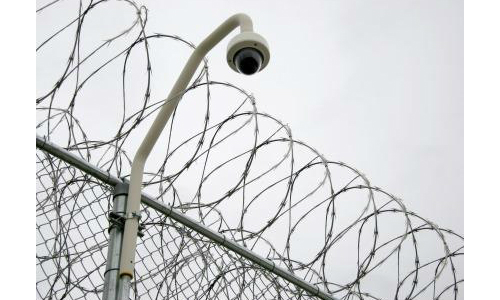
Image Source: securitysales.com
There are five types of perimeter intrusion detection systems, including;
1. Free-Standing
Free-standing perimeter intrusion detection systems are deployed above ground and might or might not be installed alongside a perimeter fence. This type of PIDS may use features such as:
- Active infrared systems comprising of a transmitter and receiver module that detect the presence of an intruder that disrupts infrared beams.
- Monostatic/Doppler microwave system that responds to the reflection of radio waves to detect the presence of a moving intruder.
- Bistatic microwave system that responds to the disruption of radio waves to detect the presence of a moving intruder.
- The passive infrared system detects the presence of a moving intruder by responding to the infrared signature the human body generates.
2. Ground-Based
Ground-based or below-ground perimeter intrusion detection systems are buried in the ground and might or might not be installed in conjunction with a fence. They consist of the following:
- Ported coaxial cable systems create a radio frequency electromagnetic field through the leaky feeder cables to detect the presence of a moving trespasser by the change created on the ground.
- Microphonic cable systems use piezoelectric cables to detect vibrations caused by intrusion attempts.
- Fluid-filled tubes detect the presence of trespassers through the pressure exerted upon them when there’s movement on the ground.
3. Barrier-Mounted
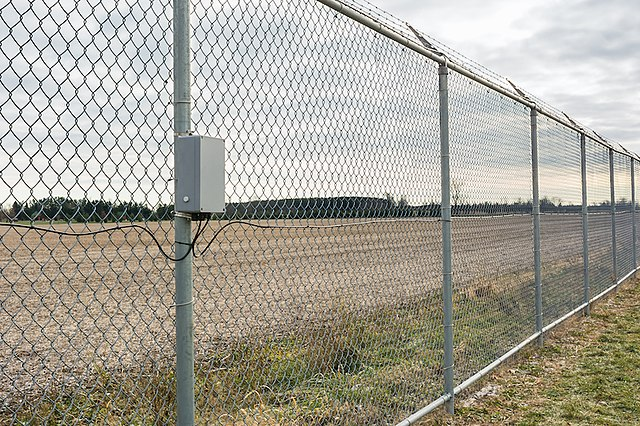
Image Source: en.wikipedia.org
Barrier-mounted perimeter intrusion detection systems are installed on a physical barrier, such as a fence. They work together with the fence to offer delay and detection. Such PIDS include the following:
- Microphonic cable systems use piezoelectric cables attached to the fence structure to detect the vibrations caused by someone breaching the fence.
- Geophones and point sensor systems have a series of accelerometers or low-frequency microphones attached to the fence to detect the vibrations and motions caused by someone breaching the fence.
- Electric fence systems have multiple horizontal wires electrified with a non-lethal high voltage and generate an alarm if the voltage is earthed or cables are cut. For farm purposes, there are portable electric fences available for your convenience.
4. Rapidly Deployable
Rapidly deployable detection systems are designed for temporary deployment and can operate using any of the above detection systems. They are mostly deployed on mobile assets. However, they should not be used for over two weeks without re-commissioning the system.
5. Wide-Area Detection Systems
Unlike free-standing PIDS designed to detect intrusion within a perimeter, wide-area intrusion detection systems cover a greater zone within and outside a site perimeter. This allows for tracking and detection within an open space.
These perimeter intrusion detection systems have many great applications and weaknesses that must be considered. Also, it is good to compare alternatives and understand the best ways to implement them.
Pros of Perimeter Detection Systems
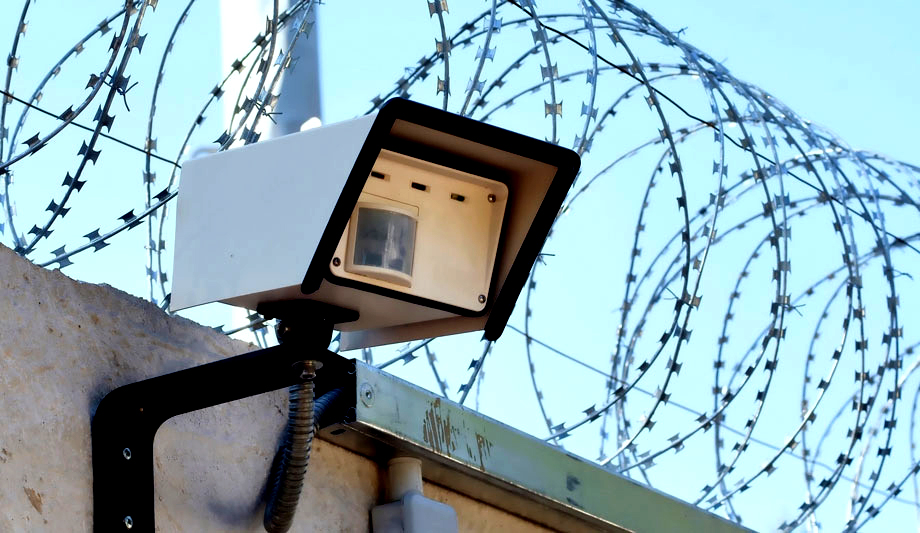
Image Source: securityinformed.com
1. The Element of Surprise
Traditional surveillance involves having personnel roam around your property, which means potential intruders can track their moves and pounce when they are least ready. With a perimeter detection system, you eliminate the need to patrol your perimeter while maintaining a high level of surveillance.
The potential intruder may not be aware of your surveillance, allowing you to choose the best option to neutralize their threat based on the circumstances. If you wish to maintain a level of surprise in your surveillance, you can eliminate any visual or audio indicators of your awareness of an intrusion.
2. Rapid Detection
The earlier you can detect an intrusion, the better your chances of avoiding losses and damage resulting from the intrusion. With perimeter detection systems, you don’t have to wait until someone intrudes.
You become aware of their presence even before they attempt to intrude. That way, you get sufficient time to look for signs of intent to intrude and determine the best response. Different responses can include sending your security personnel to the location or notifying the authorities.
3. Compatibility with Existing Systems
Most property owners with high-worth items in areas prone to trespassing, vandalism, and property theft will have some form of security measures installed, such as a fence and cameras.
You may not need to create a system from scratch if you have such systems. You only need to build on what you have. For example, if you have a fence, you will need to install sensors around it and incorporate them into the existing system for better surveillance.
You can also configure your system to take autonomous actions to neutralize a threat, such as triggering the alarm system to notify your security personnel or the police.
4. Acts As a Deterrent
Some aspects of your perimeter detection systems, such as cameras, motion detector sensors, and lights, will be apparent to potential intruders, which can act as a deterrent. Potential intruders will not want to intrude on a property where they think they could be detected.
So, you could even consider installing perimeter warning signs around your property as a deterrent. If you can keep intruders out, the cost of securing your property will be significantly low.
Cons of Perimeter Intrusion Detection Systems
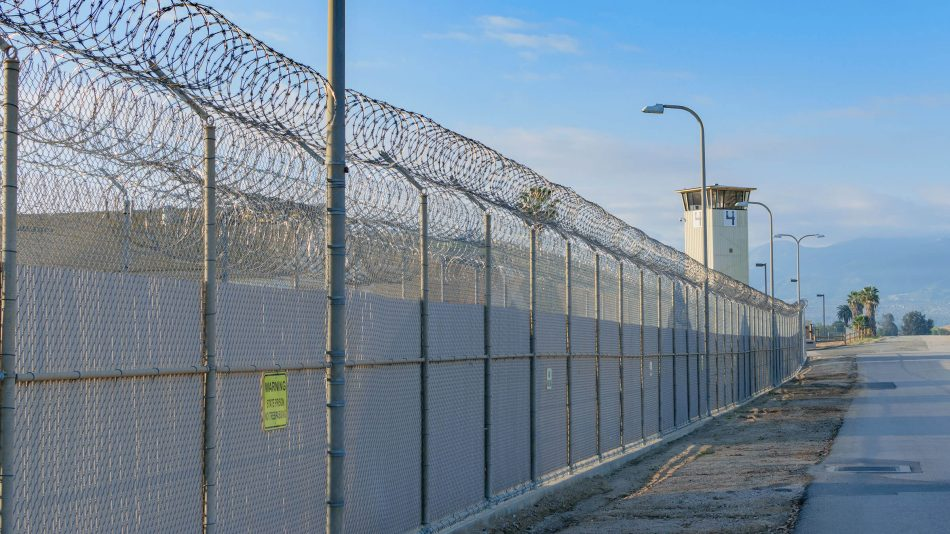
Image Source: senstar.com
1. PIDS Protects Only the Openings
If an intruder stays behind after closing, breaks in through the wall, or comes through the ventilation system, the perimeter intrusion detection system is useless.
2. IP Packets Can be Faked
Intrusion detection software gives information based on the network address associated with the IP packet sent into the network. This can only be beneficial if the network address contained in the IP packet is accurate and not scrambled or faked. These scenarios leave the threats challenging to detect and assess.
3. False Alarms
Perimeter Intrusion detection systems can detect abnormal behavior for average network usage. While it is good to detect abnormal network usage, the downside is that the intrusion software can create many false positives, especially on networks with a large number of users.
An intrusion detection system can be tuned to reduce false positives. Also, engineers can be trained to differentiate false alarms from real attacks, but they still have to respond to all the alarms because actual attacks can sometimes slip through if ignored.
4. The PIDS Signature Library Needs Continuous Updates to Detect the Latest Threats
A perimeter intrusion detection system is as good as its signature library. If the signature library isn’t frequently updated, it will not register the latest attacks; consequently, it cannot alert you about them. Also, your systems are vulnerable until a new threat is added to the signature library. As a result, the latest threats will always be a major concern.
5. Expensive
In addition to installation costs, handling perimeter intrusion detection systems requires extensive personnel training on effective management and response to alarms. There are also additional costs for PIDS maintenance and updates.
Factors to Consider when Choosing a Perimeter Detection System for Your Home
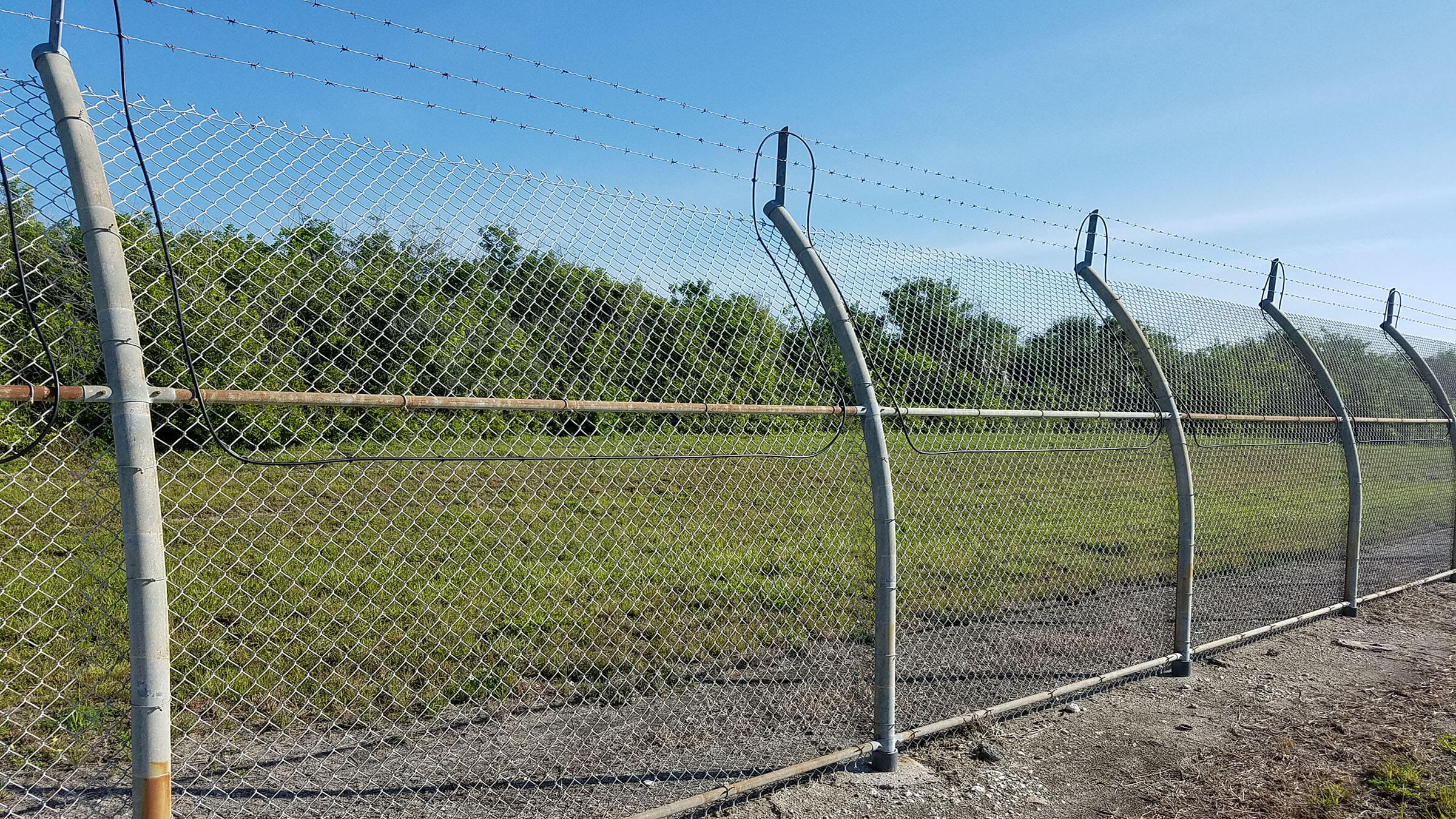
Image Source: senstar.com
Considering the increased planned intrusions and breaches in recent years, the perimeter intrusion detection system market has grown. Consequently, varying products are brought into the market. When evaluating the specifications of PIDS for your home, here are the factors to take into consideration:
1. Reliability
Any security system should stay online and properly function all season despite power and network outages and adverse weather conditions. System failure or malfunction can easily become an issue with more complex and advanced hardware, such as infrared, sensors, and fiber-optic wiring. In high-security settings, even 99% operational time might not be effective in preventing a costly breach.
2. Capabilities
For maximum detection capability, it is important to keep your system updated with the latest features, like advanced footage retrieval, environmental monitoring, and tracking and object classification. This requires a perimeter intrusion detection system integrated or built with future-proof software that gives frequent feature updates to stay ahead of threats.
3. Maintenance
Complex systems with various hardware and software components may be costly to maintain. Therefore, you should choose low-maintenance systems featuring active maintenance-related alerts to ensure accurate reporting, an appropriately working system, and reduced idle time that can help predict and avoid breakdowns.
4. Accuracy
The accuracy of perimeter intrusion detection system capabilities, such as facial recognition and positional information, is essential to a well-secured physical perimeter. False positives or nuisance alarms create security vulnerabilities and can unnecessarily truss valuable resources.
5. Integrations
PID systems are normally part of an integrated approach to security that uses different technologies. These include surveillance cameras like PoE security camera systems using ethernet cables, readers, remote management, and environmental sensors platforms. Finding a system that integrates with matching technologies can provide more proactive, comprehensive, and scalable security.
6. Coverage
PID systems visualization of data has evolved significantly. Many perimeter intrusion detection systems can accurately identify an invasion’s location faster thanks to advanced sensor technology. For instance, the motion plotting system can instantly and accurately pinpoint motion anywhere within the coverage map.
Frequently Asked Questions
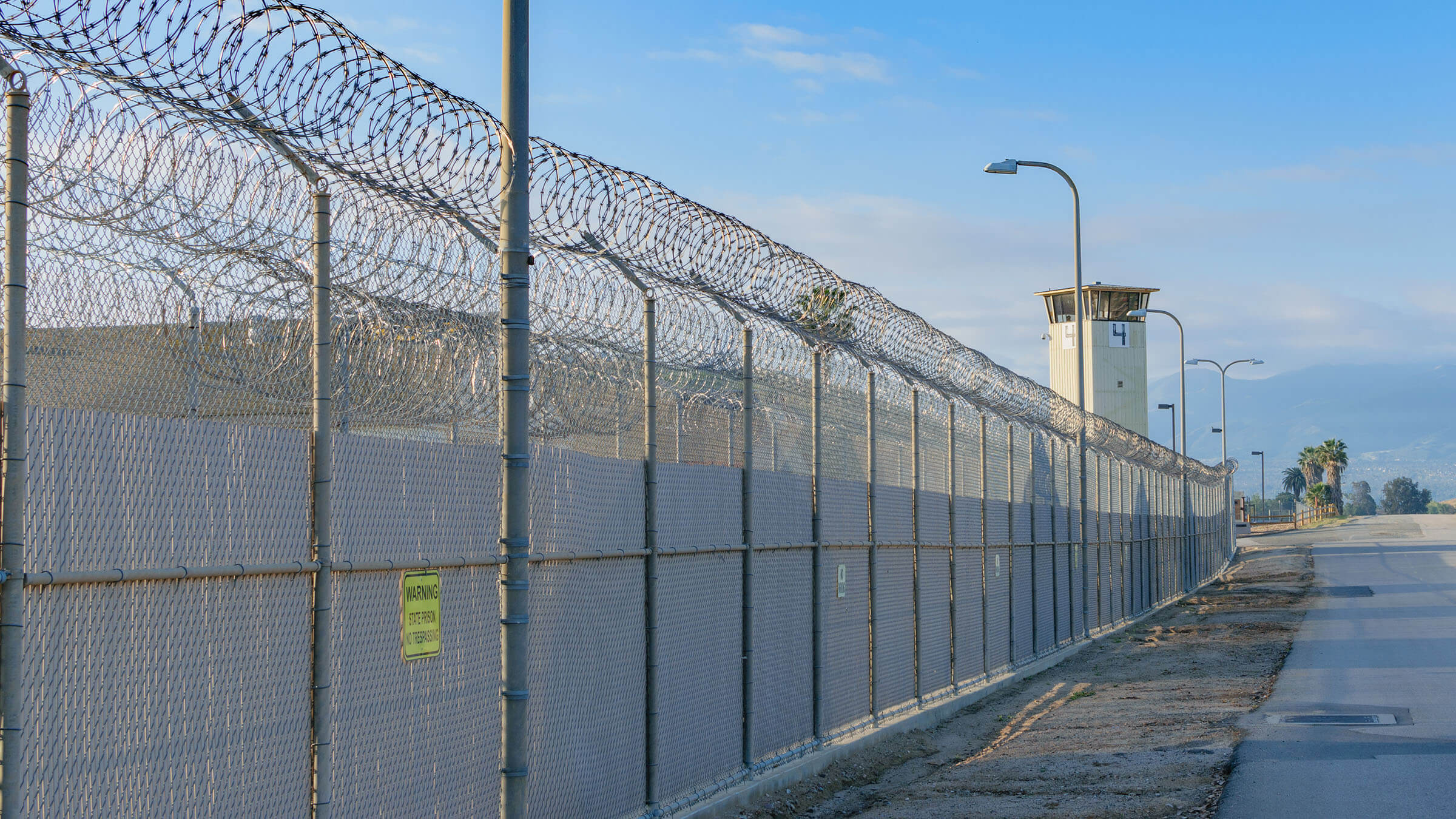
Image Source: senstar.com
1. What is the difference between perimeter intrusion detection and access control systems?
Access control systems regulate who gains access to which physical spaces and when. On the other hand, intrusion detection systems use various monitoring and feedback measures to prevent unauthorized ingress, traffic, and intentional breaches. In complete security systems, intrusion detection and access control systems go hand in hand.
2. What are the perimeter detection technologies?
Different technologies are used to detect shocks, organized motions, heat signatures, and vibrations. These technologies include buried cables, thermal imaging cameras, fence-mounted cables, stereo Doppler microwaves, infrared beams, and radar in airport or military applications.

